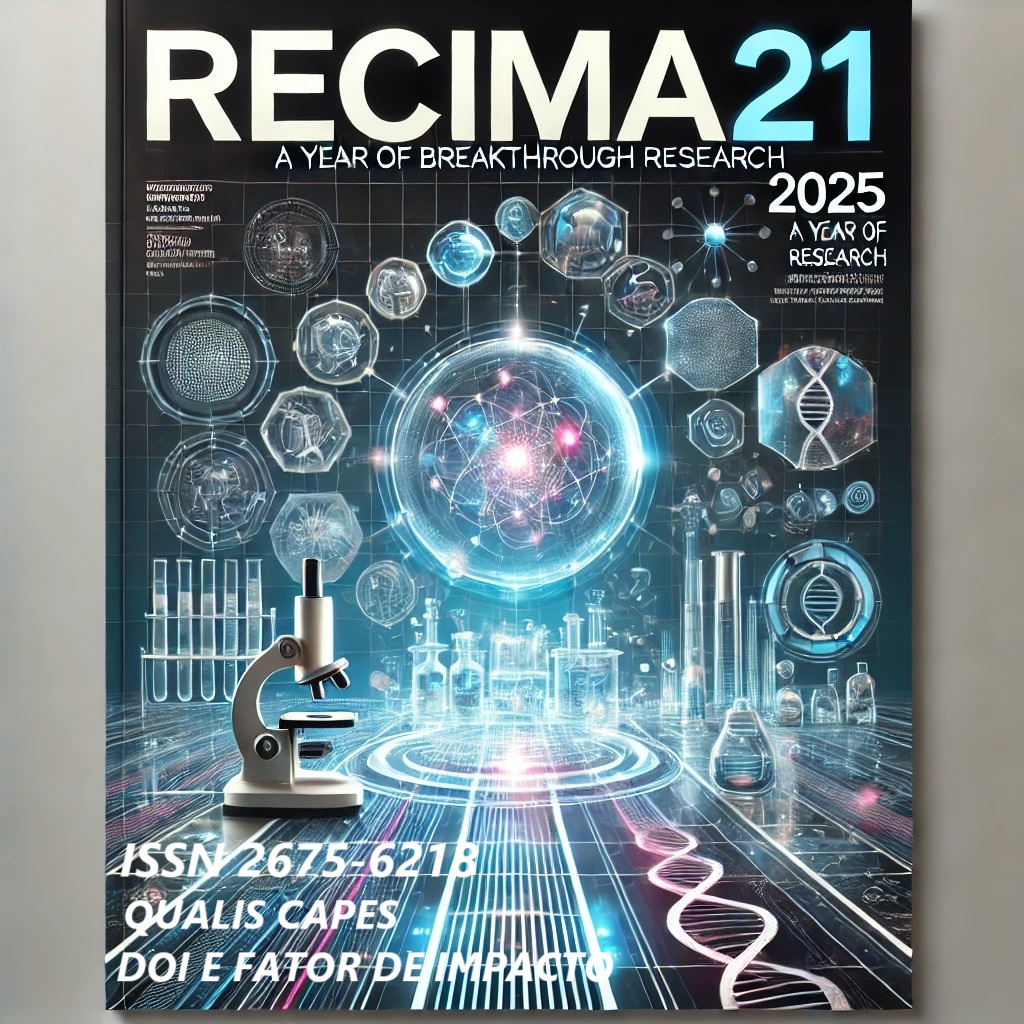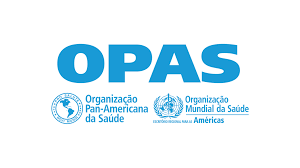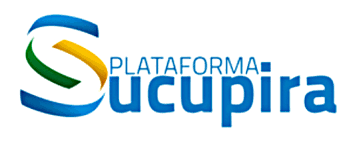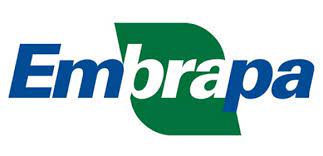MINIMALLY INVASIVE TECHNIQUES FOR PEDIATRIC INGUINAL HERNIAS - EXPLORING SUTURELESS LAPAROSCOPIC REPAIRS: A LITERATURE REVIEW
DOI:
https://doi.org/10.47820/recima21.v6i2.6166Keywords:
Pediatric surgery. Inguinal hernia. Sutureless. Laparoscopy.Abstract
Laparoscopic repair of inguinal hernias in children has gained prominence due to its safety and efficacy, becoming one of the preferred treatments in medical literature. This technique offers advantages such as the possibility of correcting contralateral hernias in the same procedure and an almost complete reduction in recurrence rates. However, the lack of standardization in laparoscopic approaches remains a challenge, and the debate over the efficacy of suturing versus peritoneal sealing is still ongoing. Objective: This study aims to analyze minimally invasive laparoscopic techniques for the treatment of pediatric inguinal hernias, with an emphasis on sutureless repairs, assessing their effectiveness, safety, and impact on reducing complications. Methods: A literature review was conducted using articles published in recent years, selected from PubMed, Scielo, Embase, and MedLine databases, based on specific inclusion and exclusion criteria. A total of six articles were included in the analysis. Results and Discussion: The sutureless laparoscopic technique for pediatric inguinal hernia repair has proven effective, with a low recurrence rate and fast recovery. Studies indicate benefits such as reduced complication risk, fewer visible scars, and promising long-term outcomes. However, standardization and continuous training are essential to ensure its universal clinical success. Conclusion: Sutureless laparoscopic repair is a safe and effective alternative for the treatment of pediatric inguinal hernias. Despite the promising results, further studies and specialized training are necessary to confirm the durability of outcomes and facilitate the widespread adoption of this technique.
Downloads
References
BARROSO, C.; ETLINGER, P.; ALVES, A. L. et al. Learning curves for laparoscopic repair of inguinal hernia and communicating hydrocele in children. Frontiers in Pediatrics; v. 5, p. 207, 2017. DOI: https://doi.org/10.3389/fped.2017.00207
FINN, D.; WILHELM, S.; GODOY-LENZ, J.; NOVOTNY, N. M. Medium-Term Outcomes of the Godoy Burnia Repair: Durability of a Sutureless Laparoscopic Inguinal Hernia Repair in Girls. J Laparoendosc Adv Surg Tech A., v. 34, n. 1, p. 92-96, jan. 2024. doi: 10.1089/lap.2023.0266. Epub 2023 Sep 25. PMID: 37751199. DOI: https://doi.org/10.1089/lap.2023.0266
GALVÁN MONTAÑO, A.; OUDDANE ROBLES, P. M. A.; GARCÍA MORENO, S. Sutureless inguinal hernia repair with creation of a peritoneal lesion in children: a novel laparoscopic technique with a low recurrence rate. Surg Endosc., v. 32, n. 2, p. 638-642, feb. 2018. doi: 10.1007/s00464-017-5713-8. Epub 2017 Jul 14. PMID: 28710573. DOI: https://doi.org/10.1007/s00464-017-5713-8
MARTE, A.; DE ROSA, L.; PINTOZZI, L.; ESPOSITO, V. Toward sutureless laparoscopic inguinal hernia repair in children? Pediatr Med Chir., v. 41, n. 1, 19 mar. 2019. doi: 10.4081/pmc.2019.167. PMID: 30896137. DOI: https://doi.org/10.4081/pmc.2019.167
NOVOTNY, N. M.; PUENTES, M. C.; LEOPOLD, R.; ORTEGA, M.; GODOY-LENZ, J. The Burnia: Laparoscopic Sutureless Inguinal Hernia Repair in Girls. J Laparoendosc Adv Surg Tech A., v. 27, n. 4, p. 430-433, apr. 2017. doi: 10.1089/lap.2016.0234. Epub 2017 Mar 30. PMID: 28358588. DOI: https://doi.org/10.1089/lap.2016.0234
RIQUELME, M.; ARANDA, A.; RIQUELME, Q. M. Laparoscopic pediatric inguinal hernia repair: no ligation, just resection. J Laparoendosc Adv Surg Tech A., v. 20, n. 1, p. :77-80, feb. 2010. doi: 10.1089/lap.2008.0329. PMID: 19489678. DOI: https://doi.org/10.1089/lap.2008.0329
SARANGA BHARATHI, R.; ARORA, M,; BASKARAN, V. Minimal access surgery of pediatric inguinal hernias: a review. Surg Endosc., v. 22, n. 8, p. 1751-62, aug. 2008. doi: 10.1007/s00464-008-9846-7. Epub 2008 Apr 9. PMID: 18398652. DOI: https://doi.org/10.1007/s00464-008-9846-7
Downloads
Published
License
Copyright (c) 2025 RECIMA21 - Revista Científica Multidisciplinar - ISSN 2675-6218

This work is licensed under a Creative Commons Attribution 4.0 International License.
Os direitos autorais dos artigos/resenhas/TCCs publicados pertecem à revista RECIMA21, e seguem o padrão Creative Commons (CC BY 4.0), permitindo a cópia ou reprodução, desde que cite a fonte e respeite os direitos dos autores e contenham menção aos mesmos nos créditos. Toda e qualquer obra publicada na revista, seu conteúdo é de responsabilidade dos autores, cabendo a RECIMA21 apenas ser o veículo de divulgação, seguindo os padrões nacionais e internacionais de publicação.













